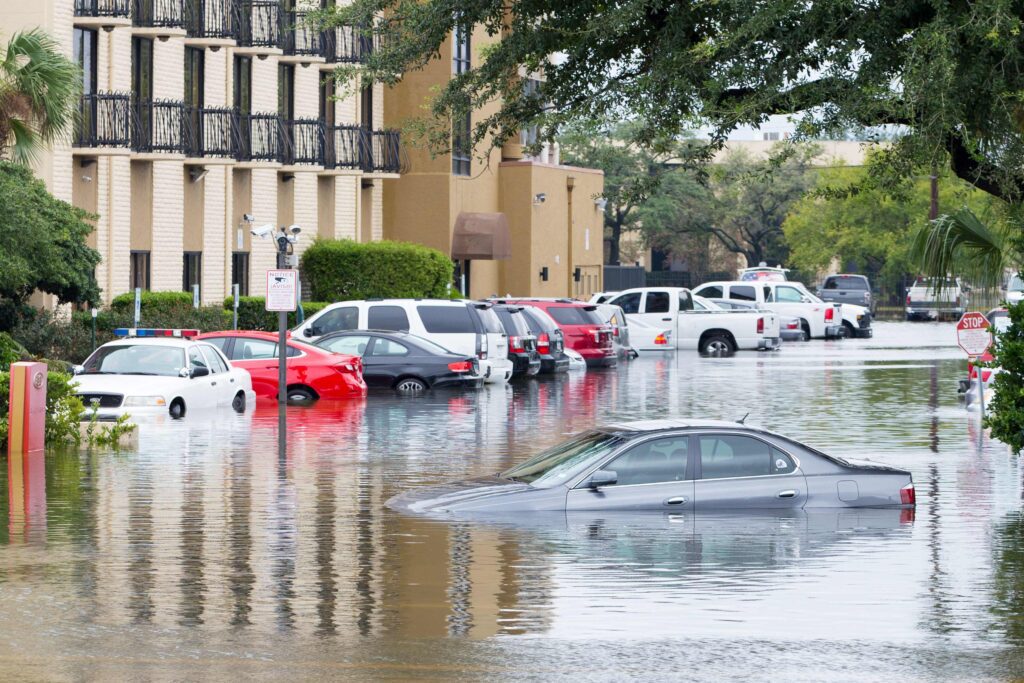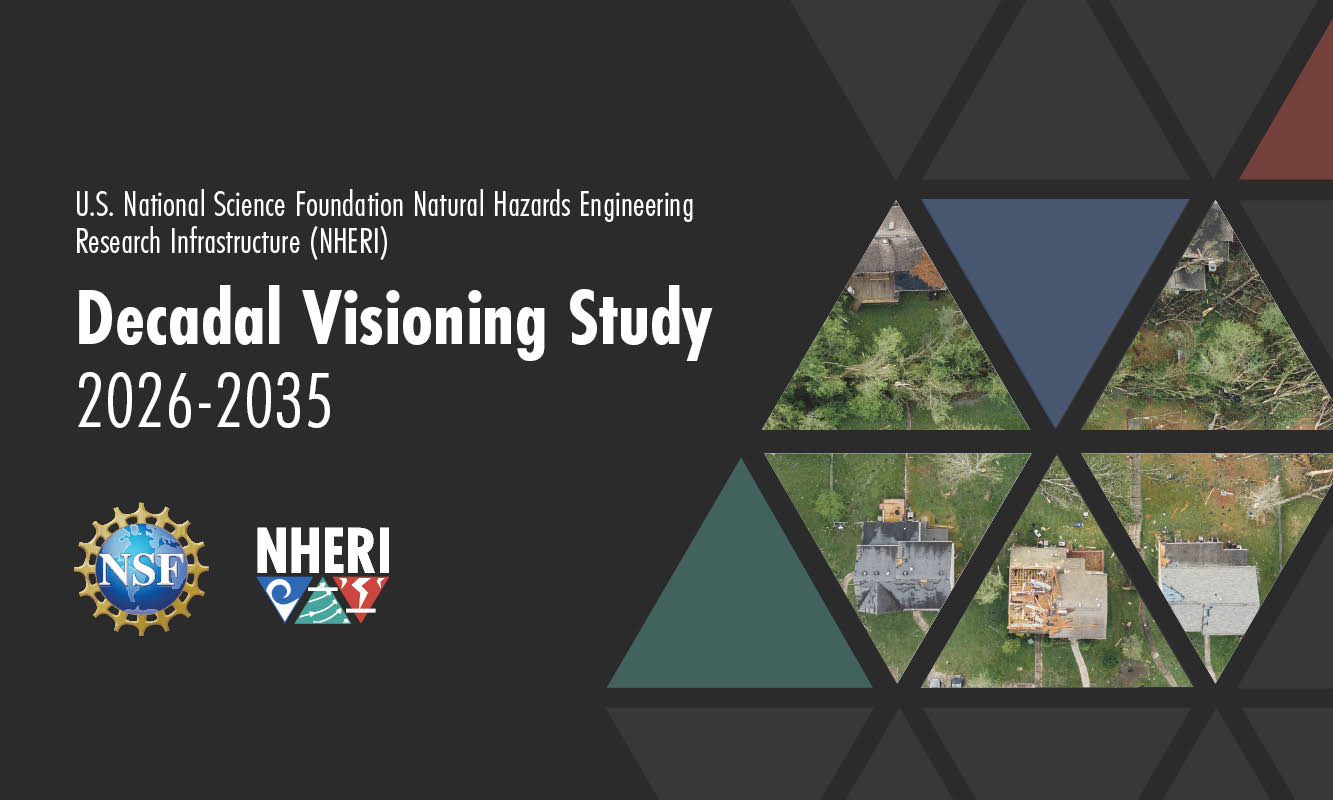We pride ourselves on doing great work that delivers big impacts. Check out these examples of how we do it.
Protecting Civil Infrastructure through the NHERI Decadal Visioning Study
- National Science Foundation (NSF) and the Natural Hazards Engineering Research Infrastructure (NHERI)
Nexight researched and developed the U.S. National Science Foundation (NSF) Natural Hazards Engineering Research Infrastructure (NHERI) Decadal Visioning Study 2026-2035. The study provides strategic guidance for research needed to improve the sustainability and resilience of civil infrastructure to natural hazard events.
The Challenge
Identify research needs to improve civil infrastructure’s resilience against natural hazard events
With global climate changes increasing the frequency and severity of natural hazards, the natural hazards engineering research community realized it needed to better understand the current state of civil infrastructure resilience and consider what additional steps need to be taken over the next ten years. To better protect communities against those evolving hazards, they needed to conduct a study to:
- Identify the engineering research needs to improve civil infrastructure’s sustainability and resilience against natural hazard events, especially in the face of a mounting climate crisis
- Identify critically needed experimental and field research infrastructure, cyberinfrastructure, and modeling and simulation tools required for conducting natural hazards engineering research and physical testing beyond 2025
Our Solution
A comprehensive decadal visioning study to provide strategic guidance
Nexight was tapped to develop the study, which initially involved conducting one-on-one interviews with task group members, including:
- 42 researchers involved in the natural hazards engineering research field
- NHERI facility principal investigators and directors
- Natural hazards researchers not directly affiliated with NHERI, including experts working in industries related to hazard mitigation
The resulting visioning study–U.S. National Science Foundation Natural Hazards Engineering Research Infrastructure (NHERI) Decadal Visioning Study 2026-2035–outlines not only the engineering research needs for improving the sustainability and resilience of the nation’s civil infrastructure but also the experimental and field research infrastructure, both physical and cyber, and tools needed to continue this critical hazards research. Additionally, the study identifies seven unique focus areas and collaboration opportunities across the hazards community:
- Facilities, equipment, and tools
- Field data and longitudinal study collection
- System of collaboration across the infrastructure
- Impacts of climate change on natural hazards research
- Use-inspired and translational research
- Collaboration and coordination
- Education, training, and workforce development

Impact
The U.S. National Science Foundation Natural Hazards Engineering Research Infrastructure (NHERI) Decadal Visioning Study 2026-2035:
- Provides NHERI with the strategic guidance necessary to continue to protect civil infrastructure and communities
- Serves as a foundation for future conversations within the entire natural hazards engineering community about the future of NHERI and the engineering research infrastructure
- Provides researchers with insight into future opportunities within the research disciplines, including geotechnical, structural, coastal, and wind engineering, as well as computational modeling and simulation and the social sciences
